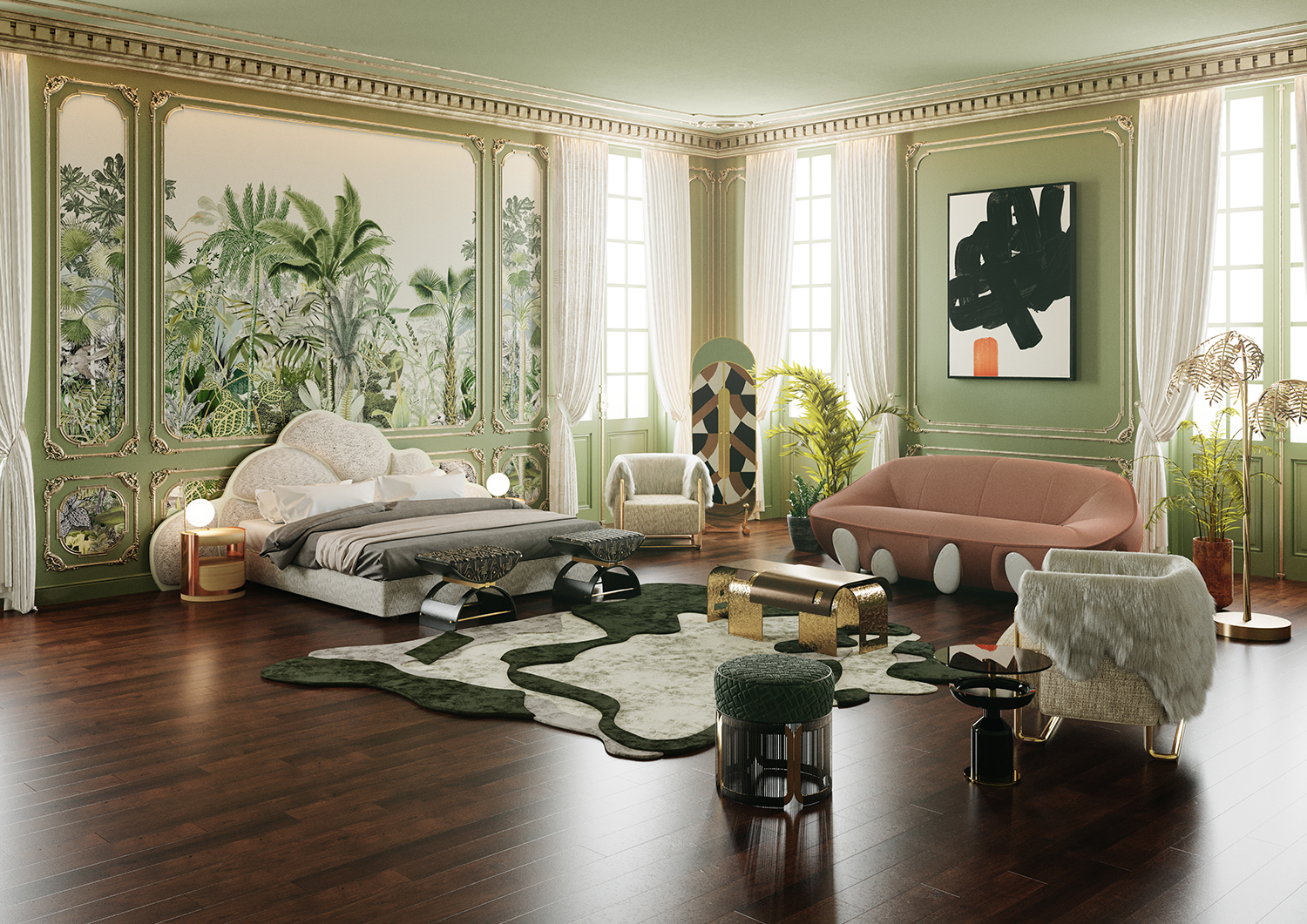Design a stunning look with miami interior design that reflects elegance and functionality.
Design a stunning look with miami interior design that reflects elegance and functionality.
Blog Article
Transform Your Home With Vital Concepts of Interior Decoration and Visual Appeals
The art of transforming your home via the crucial concepts of interior decoration and aesthetic appeal requires a thoughtful approach that balances shade, equilibrium, and spatial recognition. By understanding the effect of shade theory and the significance of appearance and patterns, one can produce rooms that are not only visually appealing yet additionally deeply personal. Achieving this balance includes even more than plain design; it includes a calculated setup and an eager understanding of how each aspect communicates within a space. As we check out these foundational concepts, take into consideration how they may redefine your understanding of home and personal expression.
Understanding Color Concept
Recognizing the principles of shade theory allows designers to create areas that resonate emotionally with passengers while fulfilling functional demands. Each classification plays an important role in establishing consistency within a space.
The psychological influence of colors is profound; warm shades such as reds and oranges stimulate power and warmth, while trendy tones like blues and greens advertise calmness and harmony. The use of complementary shades improves visual interest, developing striking contrasts that can elevate a room's charm.
Neutral colors, on the other hand, function as a versatile background, enabling other style elements to radiate. It is crucial to take into consideration factors such as lighting and the space's objective when picking a color palette, as these can change the perception of colors throughout the day.
Inevitably, a well-considered color design can change a room, cultivating a feeling of convenience and style that straightens with the citizens' choices. Proficiency of color theory is, therefore, a crucial skill for any indoor designer intending to develop unified and welcoming environments.
Attaining Equilibrium in Design
How can developers achieve a sense of equilibrium in their areas? Achieving balance in design is basic to developing unified interiors.
Unbalanced equilibrium, on the other hand, relies on differing elements that still achieve a cohesive appearance. This method enables even more vibrant and casual plans, offering passion while keeping stability. By carefully selecting differing dimensions, colors, and textures, developers can produce an aesthetically engaging room that feels well balanced yet energised.
Radial balance stresses a main prime focus with elements radiating external. This design is commonly seen in circular designs, where furniture and style produce a natural border that attracts the eye inward.
Ultimately, achieving balance calls for thoughtful consideration of range, percentage, and the relationships between aspects. Architecture Firm. By skillfully applying these equilibrium concepts, designers can change spaces into environments that feel both cosmetically pleasing and functionally harmonious, improving the overall experience for residents
Value of Spatial Understanding

A keen sense of spatial recognition enables designers to identify focal factors within a room, guiding the audience's interest to key features while maintaining an overall sense of unity. It additionally helps in the critical positioning of illumination, which can substantially affect the understanding of room and state of mind. Moreover, comprehending spatial connections makes it possible for the designer to deal with the specific requirements of residents, making sure that each location serves its intended purpose without compromising aesthetics.
Eventually, spatial awareness is important for taking full advantage of the capacity of any kind of interior space. By very carefully taking into consideration the interaction in between measurements, layout, and feature, developers can create environments that not only satisfy useful demands however additionally stimulate a sense of comfort and appeal, boosting the total living experience.
Incorporating Structure and Patterns
Embracing a diverse variety of structures and patterns can considerably boost the visual and tactile allure of an interior area. The strategic use different materials-- such as wood, steel, textile, and stone-- produces deepness and interest, making a room feel extra welcoming and dynamic. Incorporating smooth surface areas with harsh textures can establish an equilibrium that draws the eye and engages the senses.
When integrating patterns, consider both scale and rep. Large patterns can offer as centerpieces, while smaller, refined layouts can match various other aspects without overwhelming the space. Layering patterns, such as pairing flower cushions with striped throws, adds complexity and a feeling of consistency if performed attentively.
It is likewise vital to maintain a natural color palette, ensuring that appearances and patterns function together instead of complete for attention. By choosing helpful site a couple of vital structures and patterns, you can produce a linked visual that mirrors your individual design while boosting the total atmosphere of the room. Eventually, the careful unification of these aspects can transform a mundane area right into a sophisticated setting abundant with personality and heat.
Individualizing Your Space
Producing an area that reflects your character is crucial to attaining an absolutely welcoming environment. Personalization in indoor layout enables you to instill your one-of-a-kind style and rate of interests right into your home, transforming it from a plain sanctuary right into a refuge that speaks with that you are. Begin by picking a shade scheme that resonates with your feelings-- strong colors can energize, while soft tones provide peace.
Incorporate artwork and decor that mirror your enthusiasms, whether it be travel, nature, or abstract concepts. Showing individual collections, such as publications, photographs, or mementos, can stimulate treasured memories and develop centerpieces within a space. Additionally, think about tailoring practical items, like upholstered furnishings, to line up with your aesthetic choices.

Verdict
Finally, the improvement of a home with the crucial principles of interior decoration and aesthetics requires a thorough understanding of shade theory, balance, spatial understanding, structure, and customization. Each component contributes significantly to producing an unified and useful living environment click here to find out more - miami interior design. By thoughtfully incorporating these principles, individuals can improve the aesthetic allure and psychological resonance of their spaces, inevitably fostering a home that mirrors one-of-a-kind identities while offering convenience and functionality
Report this page